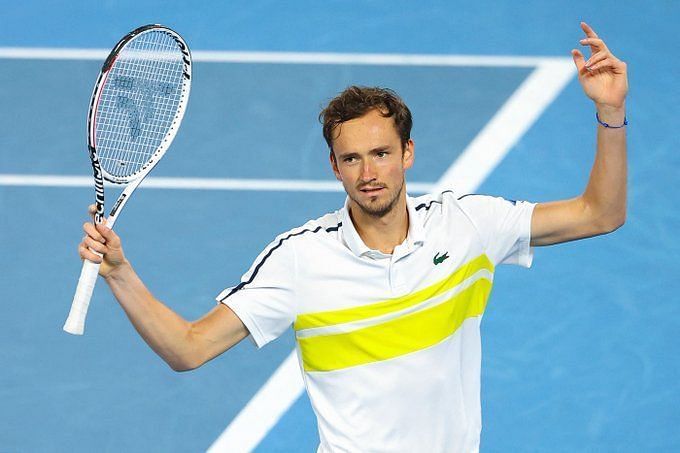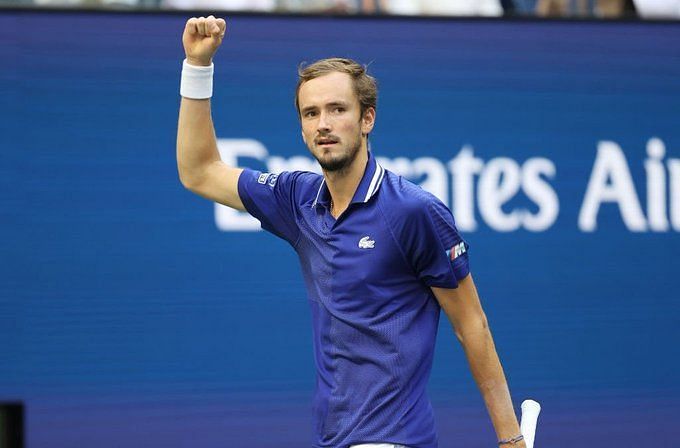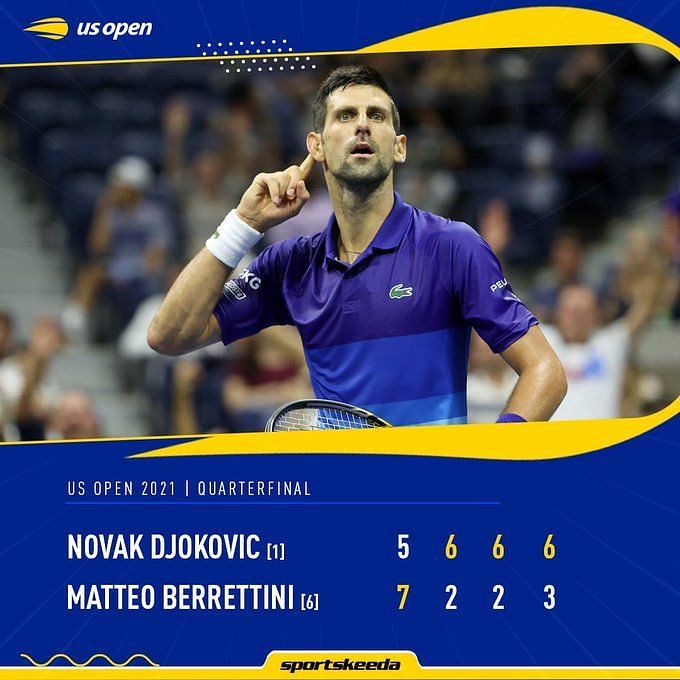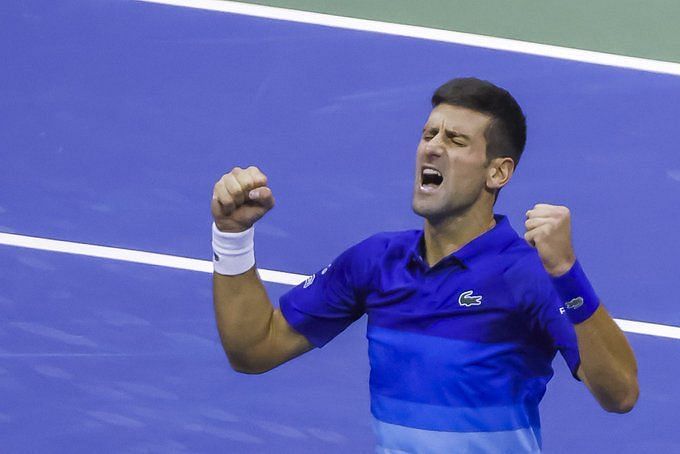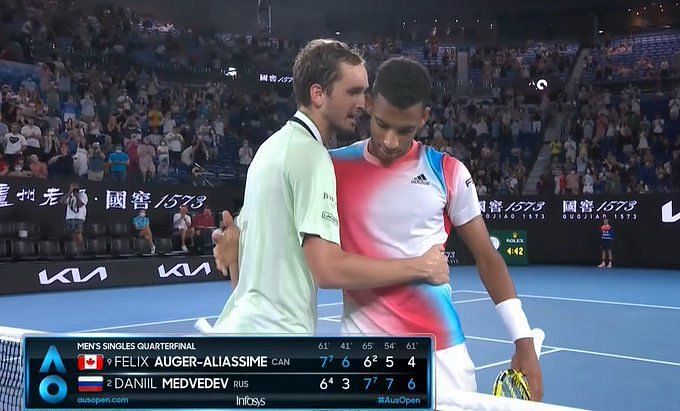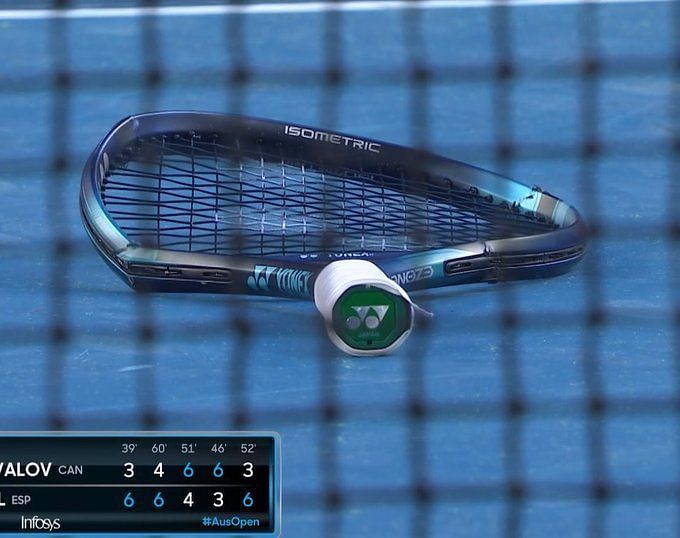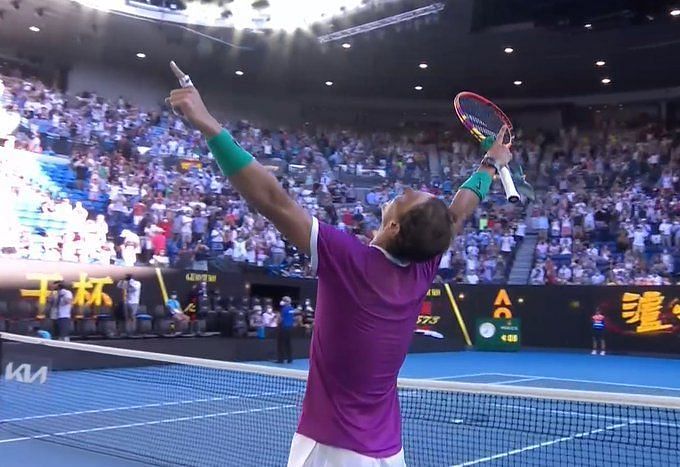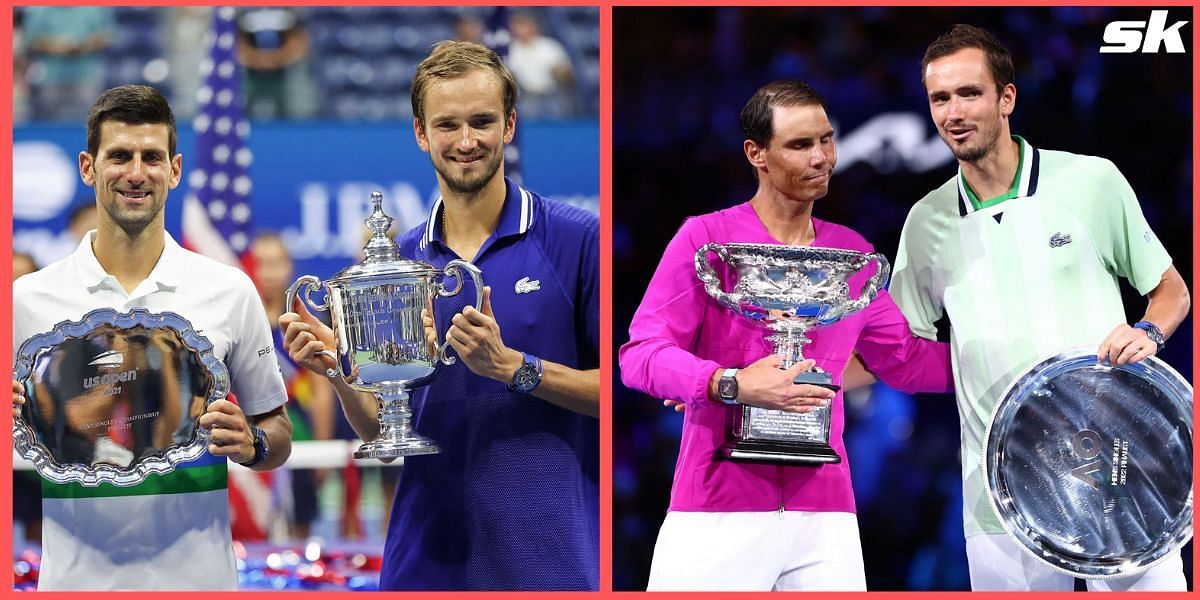
Possible reason why Daniil Medvedev defeated Djokovic at US Open but fell short against Nadal at Australian Open: The importance of competition load
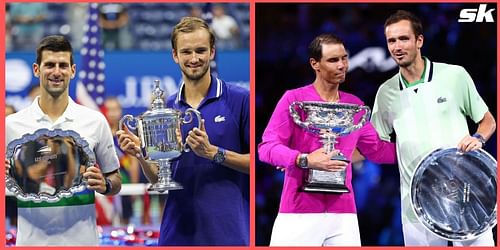
Daniil Medvedev has cemented his status as the standout player of his generation, reaching back-to-back Grand Slam finals as well as soaring to the top of the ATP rankings. While the Russian was successful at the 2021 US Open, defeating Novak Djokovic in the final to win his maiden Major title, he could not do the same against Rafael Nadal at the 2022 Australian Open.
The World No. 2 came mighty close, stretching Nadal to five sets but fell victim to a miraculous comeback from the Mallorcan. Interestingly, it was in Melbourne where he was the favorite to win the title, whereas Djokovic was the clear favorite at Flushing Meadows. So, why then did Daniil Medvedev's fortunes switch so dramatically?
Many have attributed the 26-year-old's mental state as the reason for the results, opining that the pressure of being the favorite got to him. Others have given the entire credit to Nadal, bringing up his knack for snatching victory from the jaws of defeat.
But a recent analysis by a channel on YouTube, Baseline Tennis, has revealed that a far simpler metric could be at play: competition load. In a nutshell, competition load is defined as the cumulative time spent by a player on the court.
According to statistics collected from men's Slam matches between 2011 and 2021, the average number of on-court hours a player spends to reach the quarterfinals (after four matches) is between 7.5 and 10 hours. To reach the semifinals, a player will have to play between 10 and 12.5 hours on average. Similarly, 12.5-15 hours are generally required for a player to progress to the final.
The track record in Majors shows that players who spend more than average time on court are less likely to win than players who finish off their matches quicker --experiencing a 5.6% drop in winning odds for every extra hour.
In New York, Daniil Medvedev's final three opponents were: Botic van de Zandschlup, Felix Auger-Aliassime and Djokovic. Coming into their match, van de Zandschlup had already played 17.53 hours, the most by any player and five hours more than the average.
Auger-Aliassime came into the semifinals having spent 13.53 hours on the court, which was more than 86% of the players analyzed. Djokovic had already played 17.43 hours to get to the final -- 93% more than Major finalists in the previous 43 Slams.
That is because the World No. 1 won only one match in straight sets in the tournament (second round against Tallon Griekspoor) and had to fight back from a set down in four matches.
Djokovic's final three opponents were: Matteo Berrettini, Alexander Zverev and Daniil Medvedev. Berrettini came into the quarter-final clash having played 12.03 on-court hours (more than 94% of quarterfinalists in the last decade).
Zverev, however, spent only 9.38 hours to get to the semifinals (more than only 18% of all semifinalists in the last decade) and stretched the 20-time Grand Slam champion to five sets.
Meanwhile, Daniil Medvedev went into the final with only 11.85 hours under his belt, more than only 16% of those who reached a Slam final since 2011 and far more rested than his opponent.
What it meant was that in the second and most important week of the tournament, the Russian benefitted immensely from playing players who were far more tired than him.
Daniil Medvedev was not as lucky at the Australian Open and had a similar competition load as Rafael Nadal
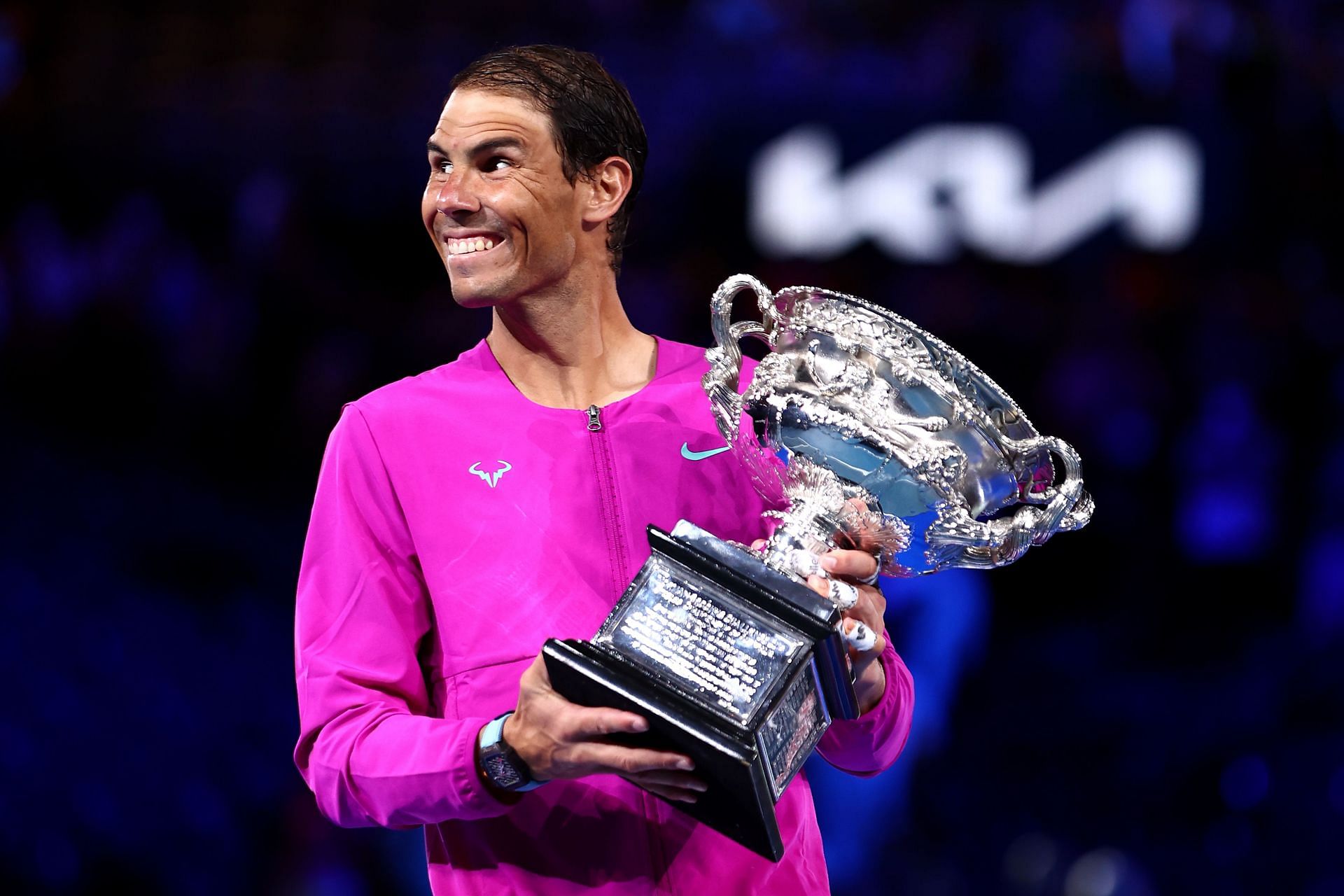
At the 2022 Australian Open, however, Daniil Medvedev had no such advantage. While Rafael Nadal came into the final, having spent 17 hours and four minutes on the court, Medvedev had to play 17 hours and 29 minutes to get there.
This meant that neither had a clear advantage in terms of competition load. Furthermore, it also explains to a degree why the 21-time Grand Slam champion could hold his own in the marathon five-setter.
While a minor percentage swing might not look like much, it becomes extremely valuable at the elite level where there is a fine line separating the winners and losers. With players evenly matched in terms of skill more often than not, factors such as the exhaustion level of opponents wield a far bigger influence than expected.
